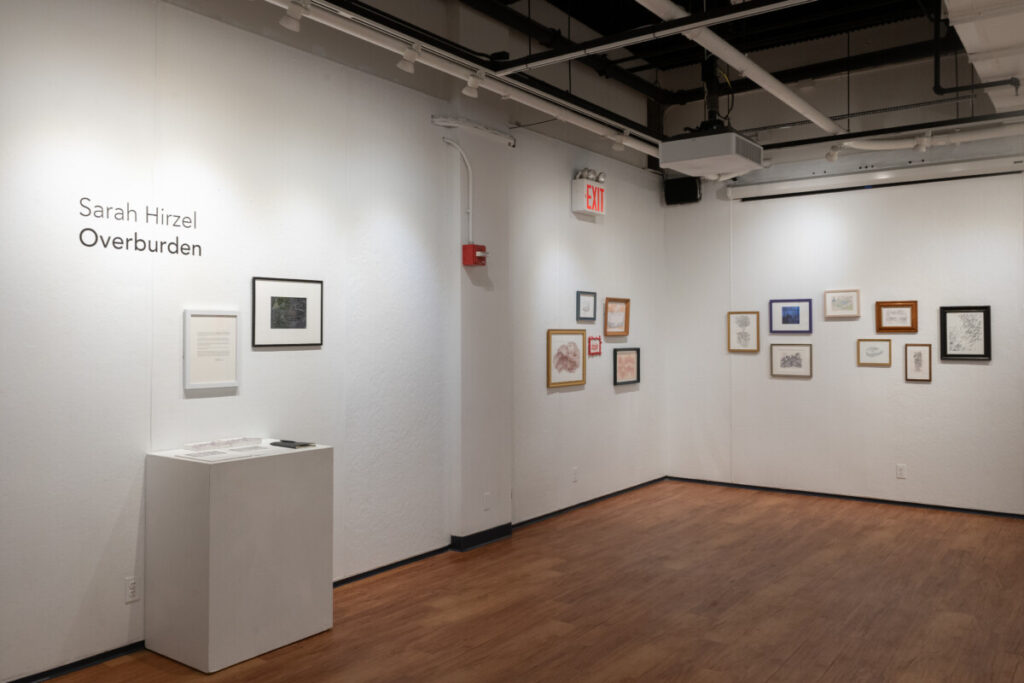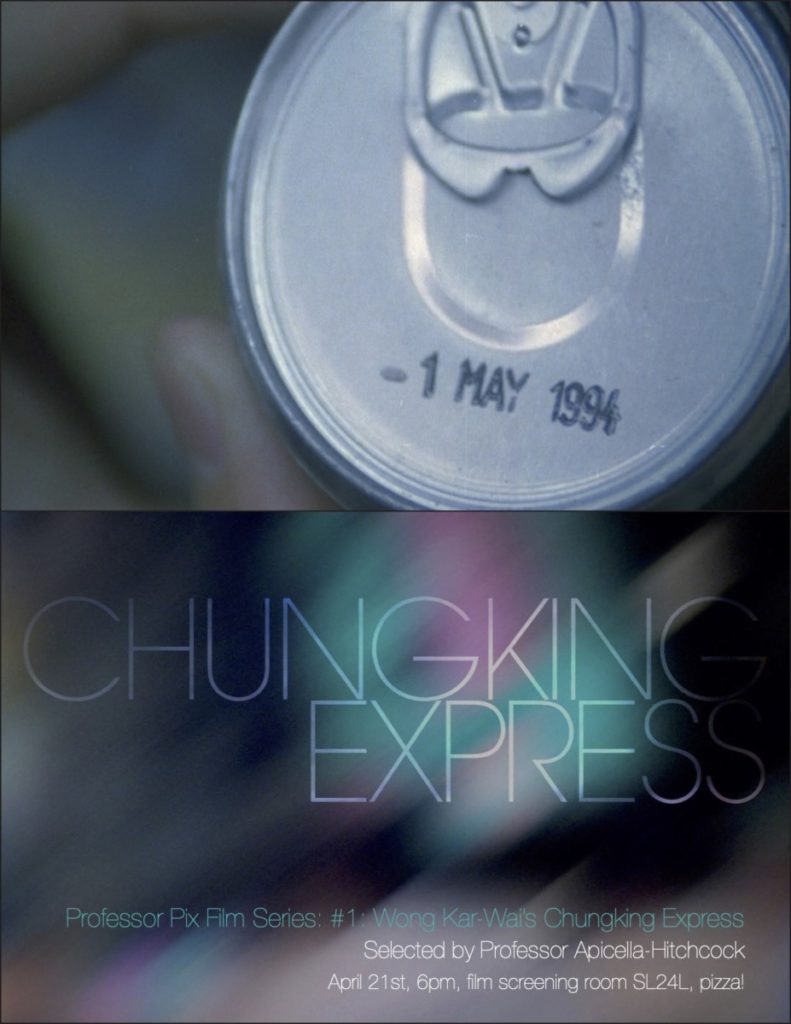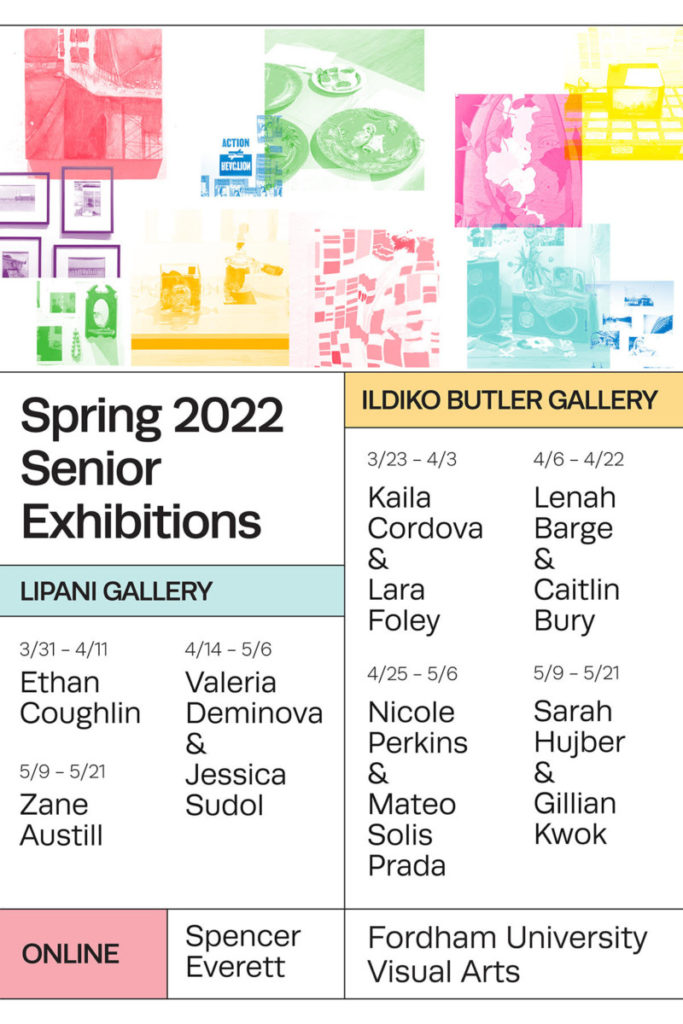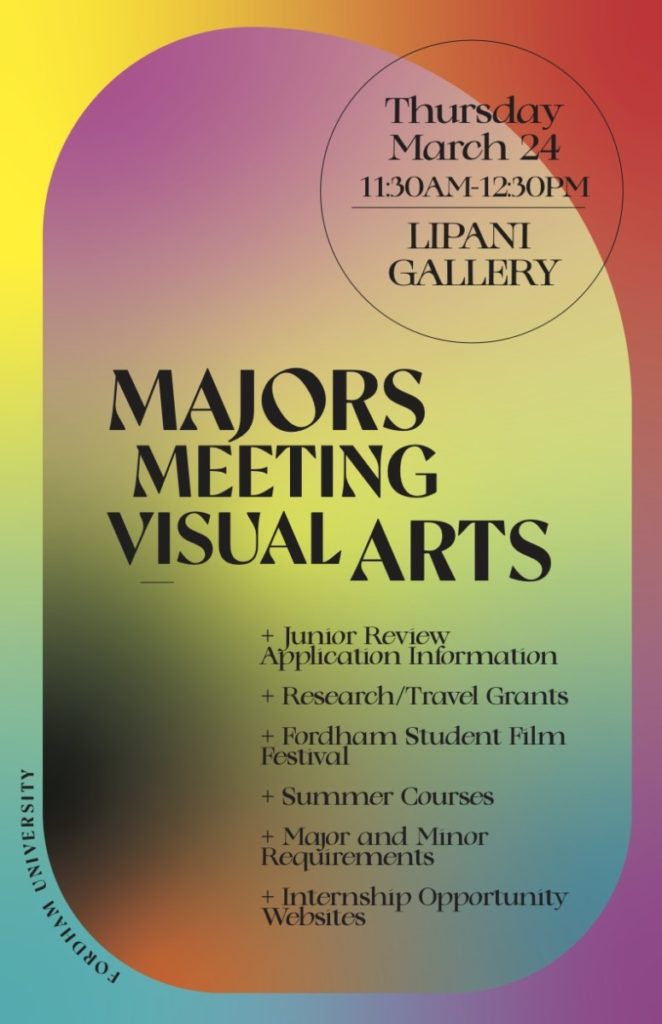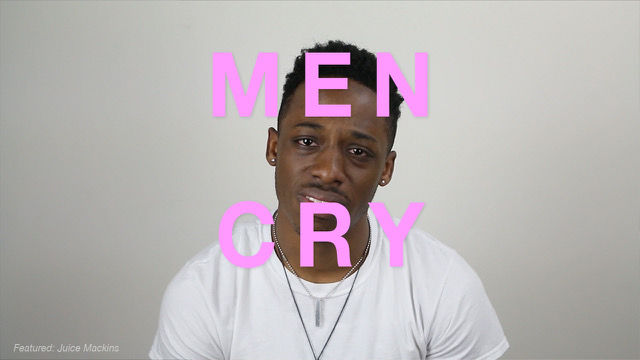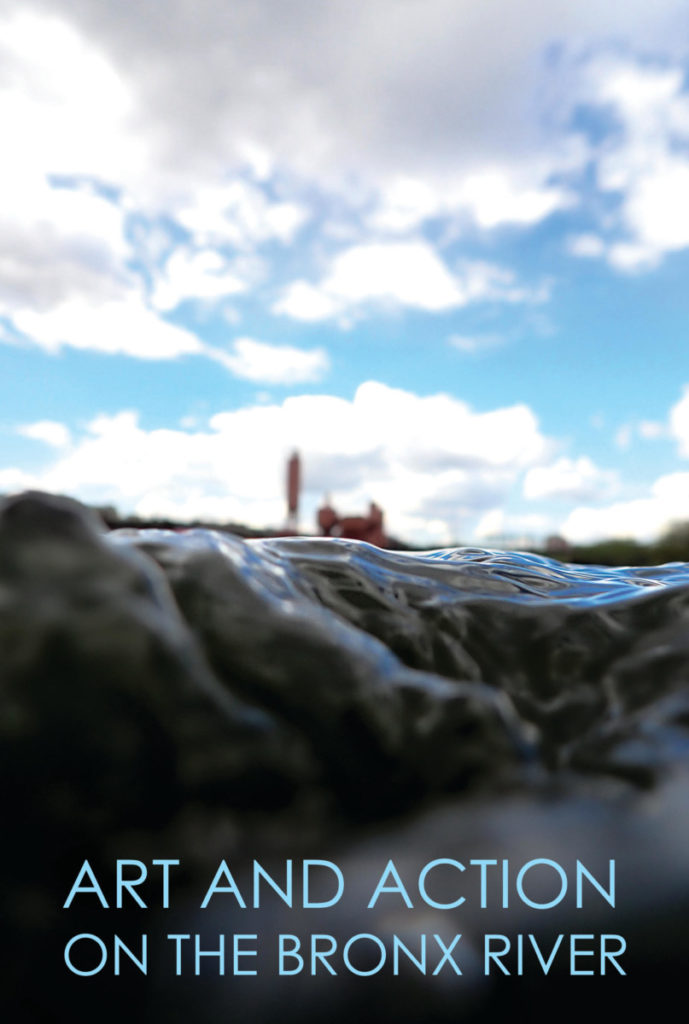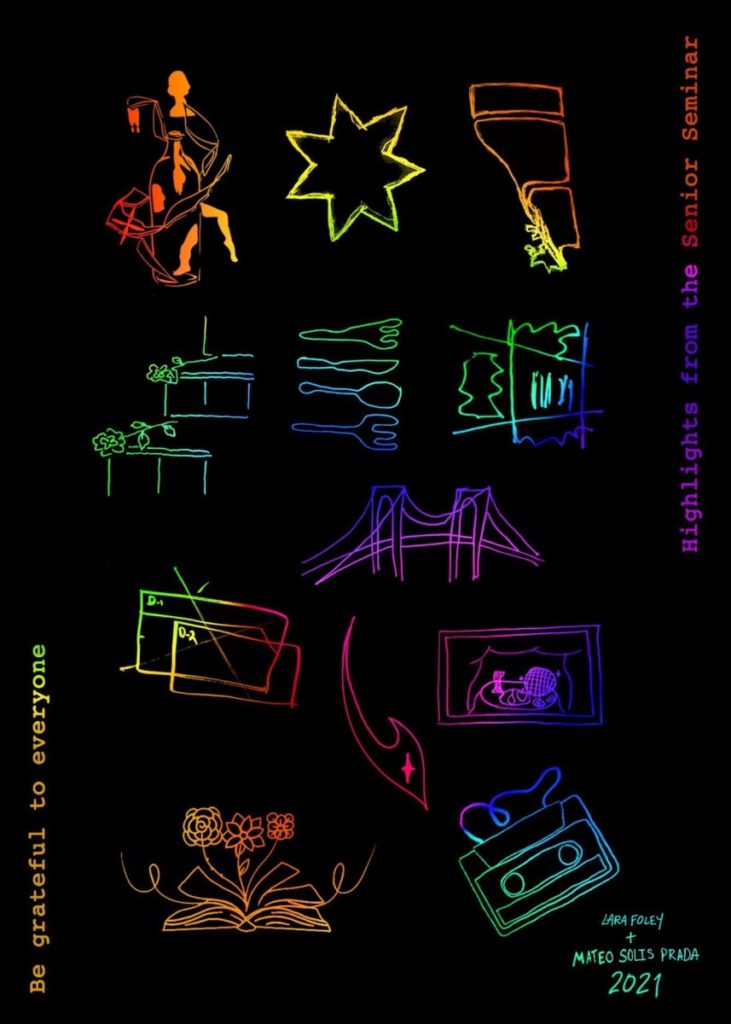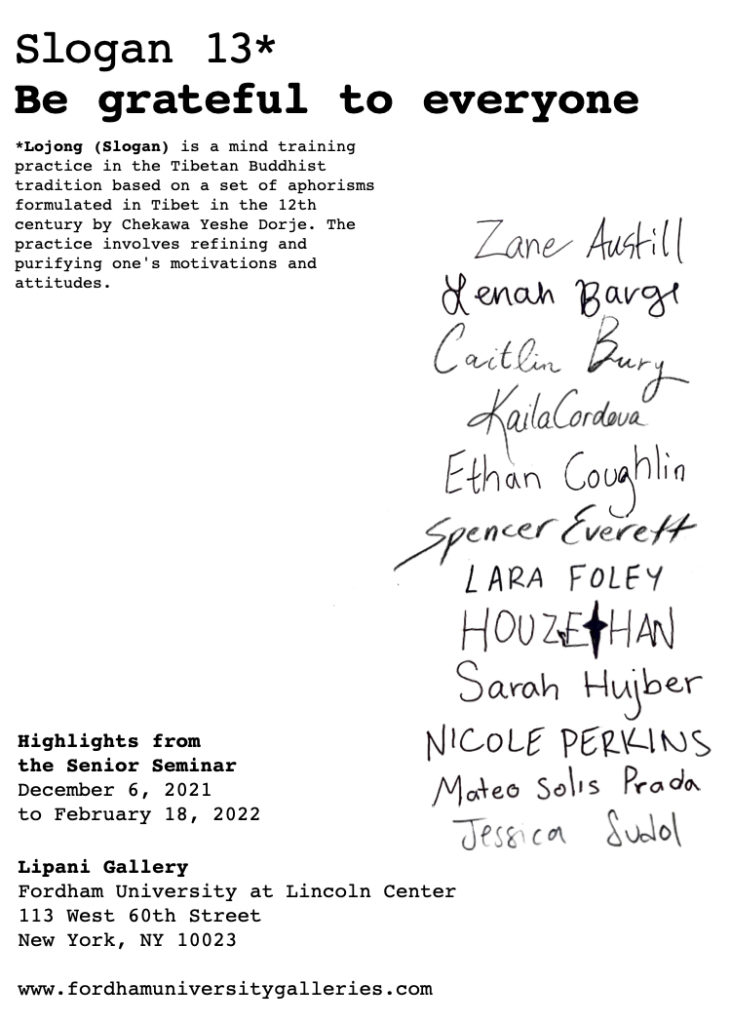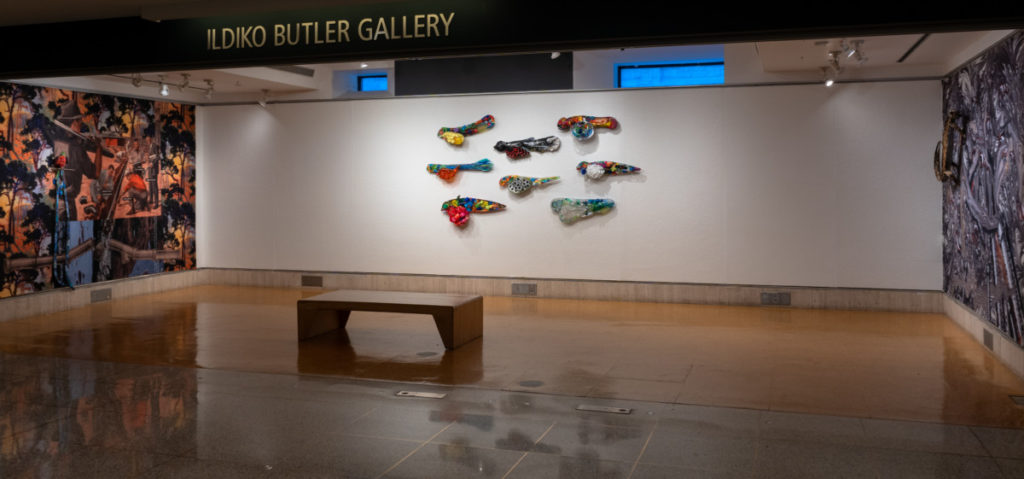Aysha Hamouda: print(“Hello, World”)
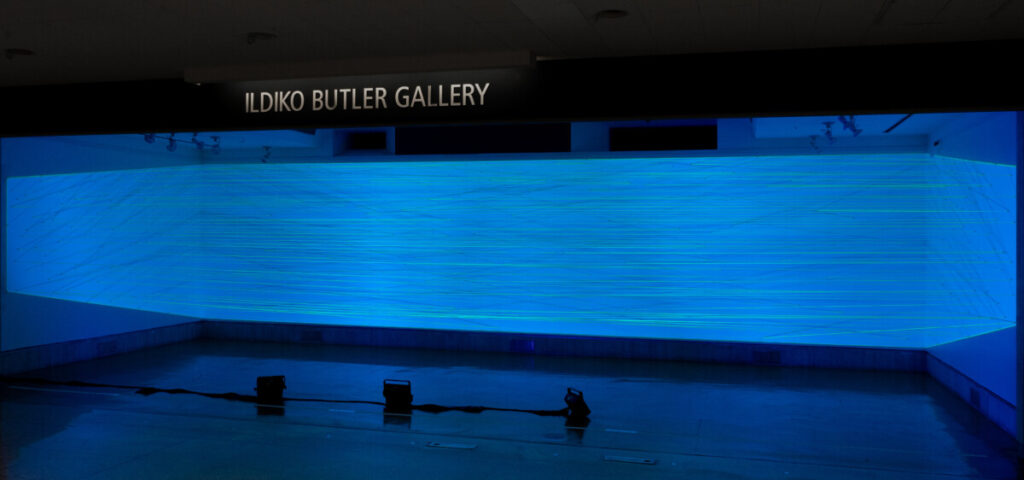
Aysha Hamouda: print(“Hello, World”)
June 3 – September 23, 2022
ILDIKO BUTLER GALLERY
Fordham University
113 W 60th Street
New York, NY
The gallery is open to the Fordham community 9am – 9pm seven days a week. Outside visitors should call ahead to inquire about current admission protocol.
Fordham University’s Ildiko Butler Gallery is pleased to present Aysha Hamouda: print(“Hello, World”). Through the use of ultraviolet light, ultraviolet-sensitive paint, and florescent yellow string, this site-specific installation investigates the idea of “collective dissociation” — a term Hamouda uses to describe the physiological and psychological effects of technologies related to the Internet, information, and the virtual world.
The artist states: “The allures of the Internet are created by algorithmic poems that project/manicure/curate custom realities for each user under the accepted and untamed credo of A Better,(Hyper) Individuated Experience. The web, prized for its global networking, has also come under heat for its main source of capital — its users’ devoted attention or DATA. Meanwhile, the web’s growth of information — factual, fictional, personal — is relentlessly on the rise. The result is a growing Virtual Collective: a cluster of hyper-individuated realities dissociated from one another and yet becoming, somehow, whole.”
Recalling work from the Light & Space movement, Hamouda’s installation plays with optics: The strings and painted wall appear, at certain vantage points depending on the viewer’s height, to flatten into a glowing blue two-dimensional rectangle behind a dense set of yellow horizontal lines. (The effect is even more pronounced when the installation is viewed head on through a camera lens.) From this perspective, every element of the piece exists in a form of controlled unity. However, as the viewer moves physically to other points of perspective, the installation reveals itself as a chaotic web with unexpected depth and complexity.
Titled after Brian Kernigham’s 1972 book A Tutorial Introduction to the Language B., which first introduced “Hello, World” to illustrate variables within programing, print(“Hello, World”) (a Python version of “Hello, World”) explores viewers’ perception of a kinetic, fragmented “whole” and poses the question: How do we construct a sense of grounding when confronted with the groundless? By giving physical form to the primordial skeleton of the virtual world — the rectangle, its pale bluish light — print(“Hello, World”) lays bare our innate human desire to impose structure, systems, and order on a reality infinitely more complex and in constant flux.
Aysha Hamouda (she/they; b. 1991, Switzerland) is an installation and multimedia artist based in the U.S. Her work has been exhibited internationally, including in Germany, Switzerland, China, and the United States. In 2019, she was part of Wavelength Reset, an international platform and traveling exhibition based in Shanghai, China. As part of that project, her work Input/Output was shown at the Times Art Museum in Beijing and the Artron Museum in Shenzhen. Hamouda received a BFA from Lyme Academy College of Fine Art in 2014 and an MFA from Syracuse University in 2018.
